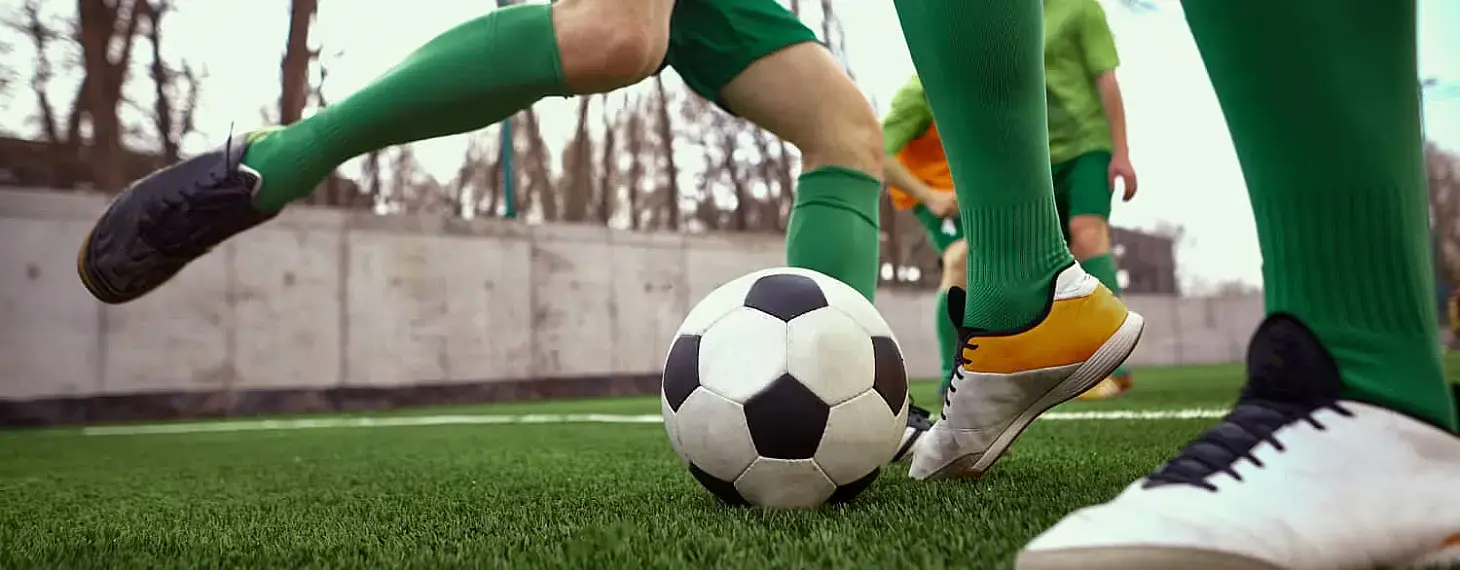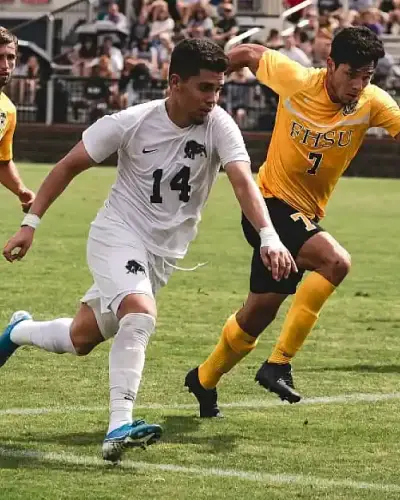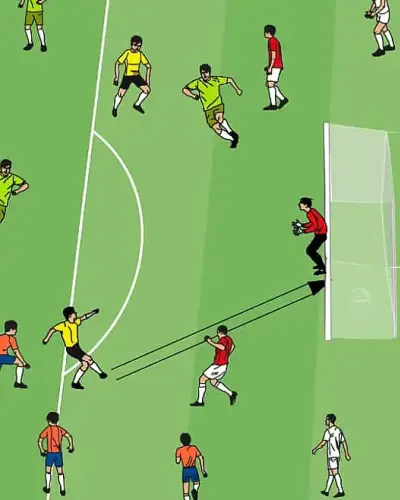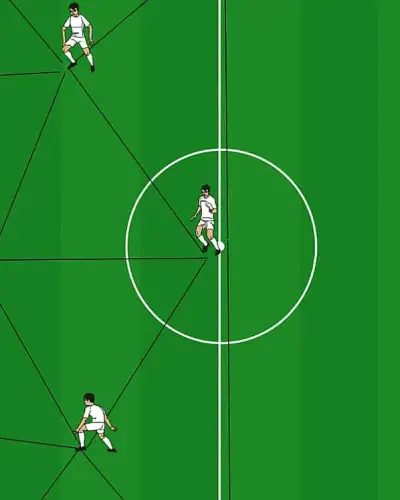Pressing and a Quick Guide to Pressing Triggers
Many football players need simple, clear, and actionable instructions to feel confident on the pitch. Studying 100 different attacking variations to prepare for every possible scenario is not effective. Instead, players should be given game principles that help them react correctly in various situations. So what are the key principles of pressing?
Regardless of whether a team opts for high attacking pressing or prefers to wait and transition quickly after a midfield press, the triggers that initiate pressing are generally the same.
Pressing Triggers
Pressing triggers are not only based on specific in-game situations but also on mental and statistical factors. It makes sense to press opponents who are in an unfamiliar situation—whether it’s a 17-year-old talent playing in a rivalry match for the first time, a right-back filling in on the left side, or a veteran returning from a long injury. Players who are struggling with form are also ideal pressing targets, such as a goalkeeper who has recently been making errors under pressure or a defender known for risky dribbling in dangerous areas.
Statistical data can also help identify pressing opportunities. If an opponent is physically struggling, pressing more intensively in the last 15 minutes of a match can capitalize on that weakness. Some teams are known to start games slowly, making it beneficial to press aggressively from the first minute to exploit this vulnerability.

Situation-Based Pressing Triggers
For players to learn when to engage in pressing, coaches must identify the key moments when pressing is most effective. The easiest pressing trigger to recognize is numerical superiority near the ball. This can occur immediately after losing possession or after well-coordinated defensive shifting. Ensuring that all passing lanes are blocked is crucial.
Another important pressing trigger is a poor pass or a bad first touch by an opponent during buildup play. High balls are also prime pressing triggers because they take longer to control. If an opposing player receives the ball with their back to goal or turns away from the direction of play, pressing is also a strong option.
The key here is for the entire team to recognize the situation and press collectively to avoid opening gaps in the defensive structure.

Creating Pressing Situations
Some teams, despite certain risks, deliberately create pressing situations to take control rather than react passively. This can be done through tactical misplaced passes or long balls behind the defensive line. The advantage is that the team does not have to anticipate pressing moments but instead actively generates them, allowing for a well-organized collective pressing effort.

Key Considerations for Pressing
Regardless of the pressing type or situation, several key points must be considered:
- Pressing is a team effort, not an individual task. It only works effectively when executed collectively.
- Triggers must be communicated on the pitch—either through an action (e.g., a nearby player aggressively attacking the ball) or a command (ideally from center-backs, who have the best overall view of the pitch).
- There must be backup plans in case the pressing fails. The team can quickly drop back as a unit while the nearest player continues to chase the ball, buying time for teammates to recover, or use a tactical foul to disrupt the opponent's play.
This topic will be covered in more detail in a separate article.
In our training drill database, you will find excellent pressing drills to help you and your team implement pressing successfully.






